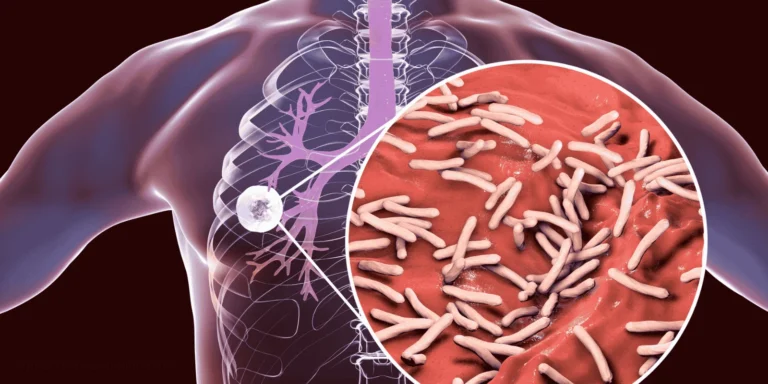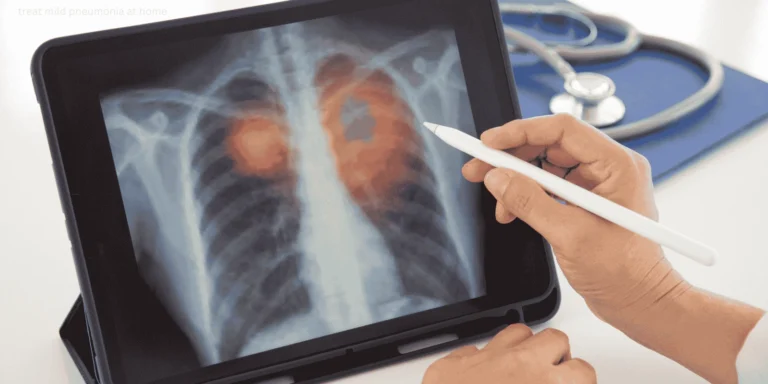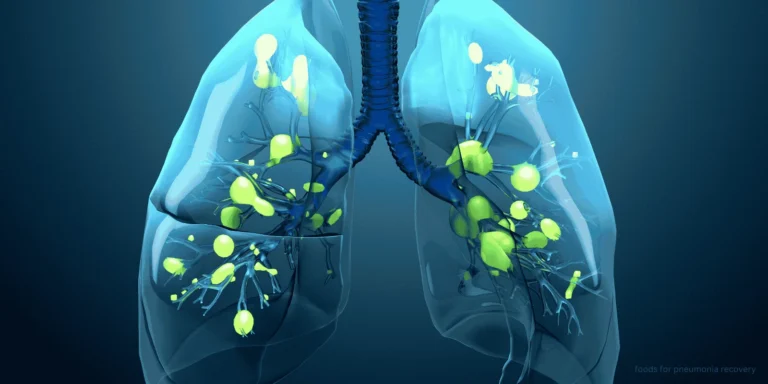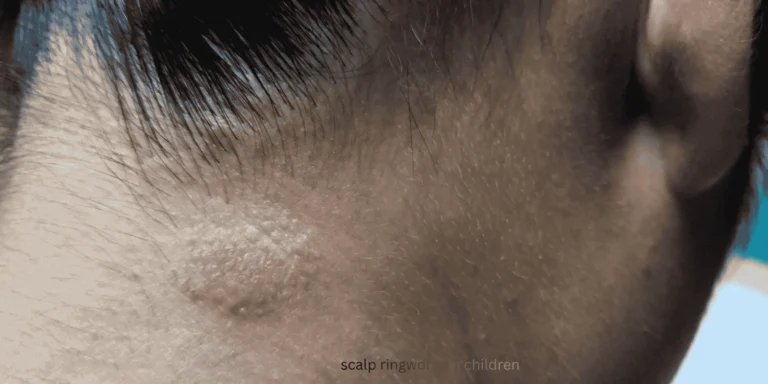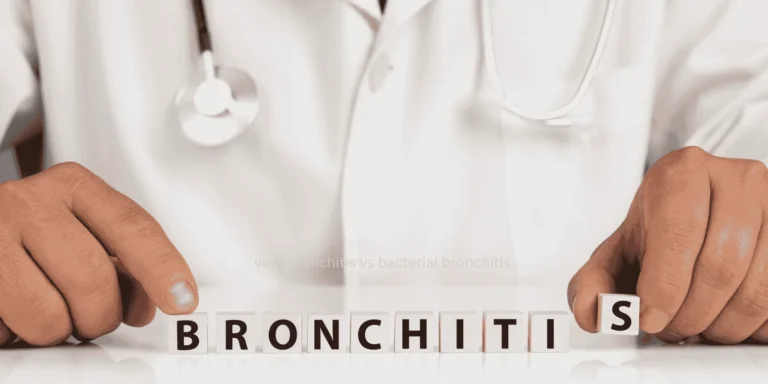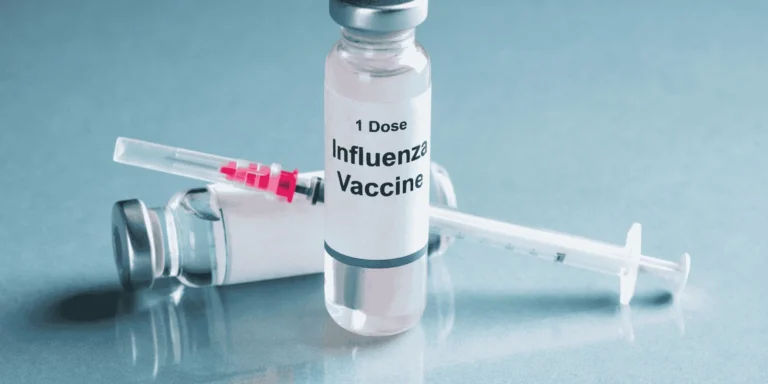“I feel terrible, but my strep test was negative,” my 35-year-old patient complained. “My daughter tested positive last week. Why is this hitting me differently?”
Strep throat affects adults and children in distinctly different ways, with varying symptoms, complications, and treatment considerations that parents and patients need to understand.
Age-Related Symptom Differences
Children typically develop the “classic” strep presentation: sudden severe sore throat, high fever, swollen tonsils with white patches, and swollen neck lymph nodes.
Adults often experience more subtle symptoms that can mimic viral infections or other conditions, making diagnosis more challenging.
Adult Strep Characteristics
Lower fever rates — many adults with strep throat have minimal fever or none at all, unlike children who almost always spike high temperatures.
Less obvious throat changes mean adults may not develop the dramatic white patches or swollen tonsils that make strep diagnosis straightforward in kids.
More fatigue and body aches can dominate adult strep presentations, sometimes resembling flu more than typical throat infections.
Headaches are more prominent in adult strep cases and may be the primary complaint.
Diagnostic Challenges by Age
Rapid strep tests are more reliable in children than adults. Adult strep cases have higher false-negative rates, requiring throat cultures for confirmation.
Symptom overlap with viral infections makes adult diagnosis more complex, as many adults assume they have colds or flu.
Carrier states are more common in adults, meaning some harbor strep bacteria without active infection, complicating interpretation of positive tests.
Complication Risks Differ
Children face higher risk of rheumatic fever, a serious autoimmune reaction that can permanently damage heart valves if strep throat goes untreated.
Adults rarely develop rheumatic fever but face different complications like kidney problems (post-streptococcal glomerulonephritis) or severe soft tissue infections.
Scarlet fever occurs more frequently in children with certain strep strains, causing characteristic sandpaper-like rash.
Treatment Response Variations
Children typically improve within 24-48 hours of starting antibiotics, with dramatic symptom relief and rapid recovery.
Adults may experience slower symptom resolution and may feel unwell for several days despite appropriate antibiotic treatment.
Antibiotic choices are similar for both age groups, but dosing and duration considerations may differ based on body weight and severity.
Transmission Patterns
Children spread strep more efficiently due to closer contact patterns in schools and daycare settings, plus less consistent hygiene practices.
Adult-to-adult transmission is less common but occurs in households, workplaces, or other close-contact situations.
Family dynamics often involve children bringing strep home from school and subsequently infecting adult family members.
Recovery Time Differences
Children bounce back quickly once antibiotics begin working, often returning to normal energy and appetite within days.
Adults experience more prolonged fatigue and may need additional recovery time before feeling completely normal.
Return to activities guidelines differ — children can return to school 24 hours after starting antibiotics, while adults may need more time off work.
When to Suspect Adult Strep
Severe sore throat lasting more than 2-3 days, especially without typical cold symptoms like runny nose or cough.
Household exposure when children or other family members have confirmed strep infections.
Persistent fatigue with throat discomfort that doesn’t improve with typical cold remedies.
Testing Considerations
Throat cultures are more important for adults due to higher false-negative rapid test rates.
Clinical judgment plays a larger role in adult strep diagnosis when symptoms are atypical but exposure history suggests infection.
Follow-up testing may be necessary if initial tests are negative but symptoms persist or worsen.
Prevention Strategies
Hand hygiene remains the most effective prevention method for both age groups.
Avoid sharing personal items like drinking glasses, utensils, or toothbrushes, especially during illness.
Surface disinfection helps reduce transmission in households where strep cases have occurred.
Special Adult Considerations
Chronic conditions like diabetes or immune system disorders may affect strep presentation and treatment response in adults.
Pregnancy requires careful antibiotic selection, as some medications typically used for strep aren’t recommended during pregnancy.
Workplace policies may differ from school policies regarding return-to-work timing after strep diagnosis.
When to Seek Care
Adults should consult providers when throat pain is severe, persists beyond typical viral illness duration, or occurs with high fever.
Children need evaluation for sudden severe sore throat with fever, especially during known strep outbreaks.
Both age groups require immediate care for difficulty swallowing, breathing problems, or signs of spreading infection.
Understanding these age-related differences helps families recognize when strep throat might be affecting adults differently than children, ensuring appropriate testing and treatment for all family members.


